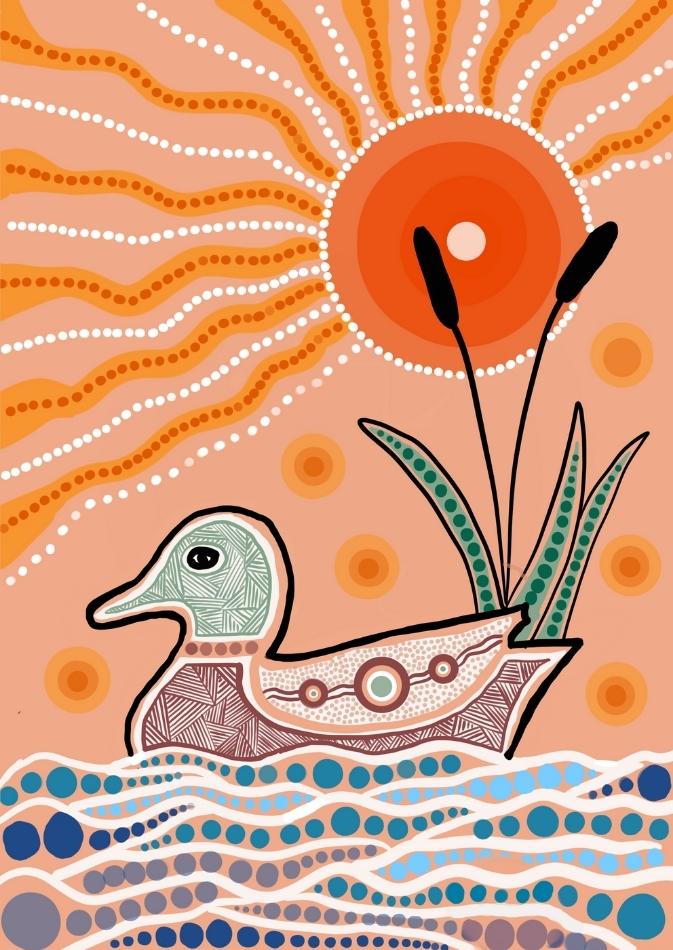Riverside Cultural Walk
Follow the signs around the resort to learn about the local Gumbaynggirr totems, customs, and lands on which you walk on
Giinagay
(Hello - Welcome)
You are standing on the traditional lands of the Gumbaynggirr Peoples.
Riverside Holiday Resort acknowledges the Gumbaynggirr Peoples, the Traditional Custodians of this land, and pay our respects to their Elders past, present, and emerging.
The history of the First Nations Australians dates back over 40,000 years, with many scientists and historians stating it is closer to over 65,000 years. The land provides the ancestors with all that they need, and they in turn care for the Country on which they live.
There is little to be found in the history books on the local Gumbaynggirr of Yurruun.Ga (Urunga, whose traditional name is Gilayjal Miirlarl meaning sacred high tide place) and the Bellingen Valley. Urunga's two First Nations local Gumbaynggirr families, the Kellys and the Witts, are both descendants of King Bennelong, keeping their culture alive by sharing their traditional stories and song lines with the younger generations.
Uncle Michael Jarratt from the Nambucca Valley assisted with the language of the beautiful signs featuring the art and stories of Lisa Kelly within the resort grounds, and Frances Witt and her daughter will be working on the stories and art for the coming signs you will soon discover around the perimeter.
We, at Riverside Holiday Resort, are deeply committed to learning about our local Gumbaynggirr customs, language and stories, and recognise that there is always so much more to learn! We hope you also enjoy learning about our local Gumbaynggirr culture whilst staying with us.
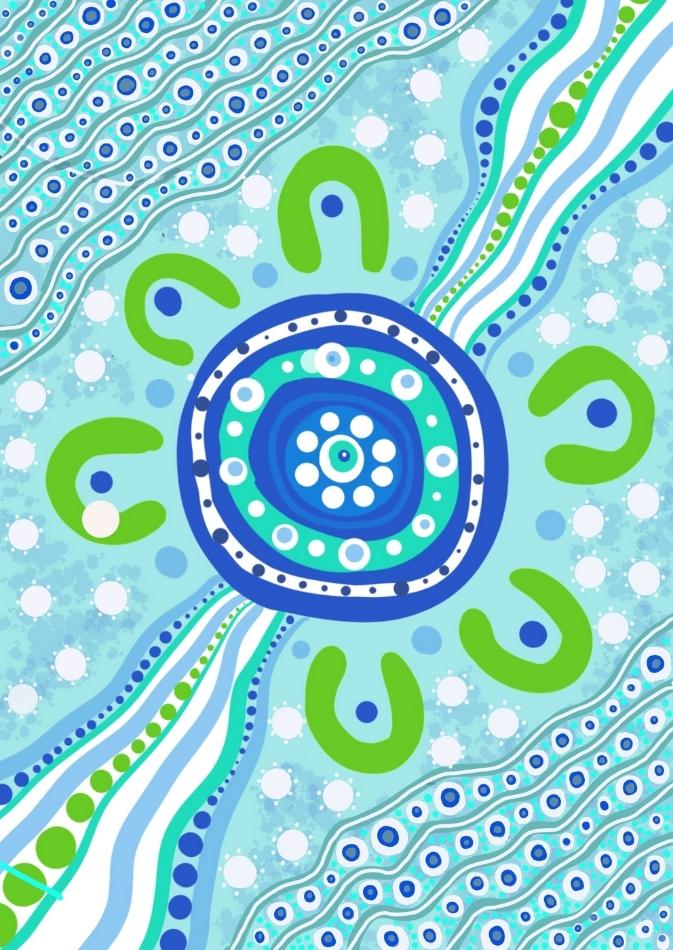
Gaagal
(Ocean)
The Gaagal is the totem of the Gumbaynggirr Nation.
The Gumbaynggirr are coastal people living alongside the ocean and thriving on a sea-based diet, whilst enjoying the salt air and sunshine.
Did you know...
The local Urunga Gumbaynggirr sourced most of their food from the ocean and the river estuary, which was located where you will currently find the adjacent Urunga golf course.
The river mouth used to be found in-between Urunga and Hungry Head, and moved often over the years until after the arrival of Europeans who established a southern break wall at the river mouth in the early 20th century.
The breakwalls, along with the river dredging, changed the natural course of our Kalang and Bellinger Rivers forever.
Buddabang
(Bellingen Valley)
This artwork represents the Bellingen Valley.
The rolling hills are connected to the sun which represents life, the ancestors, and the Gumbaynggirr Elders of this special land.
Did you know...
The Gumbaynggirr people, the traditional custodians of the land at Urunga and in the Bellingen Valley, have occupied the region since the Dreaming, and were known as the ‘sharing people’ due to the richness of the land, rivers and ocean, and their penchant to share its bounty with people from the surrounding Indigenous Nations.
As you visit the Bellingen Valley and share in the natural bounty of the lush Gumbaynggirr lands, make sure you take the time to listen, learn and respect the culture of the First Nations people who have belonged to these lands for tens of thousands of years.
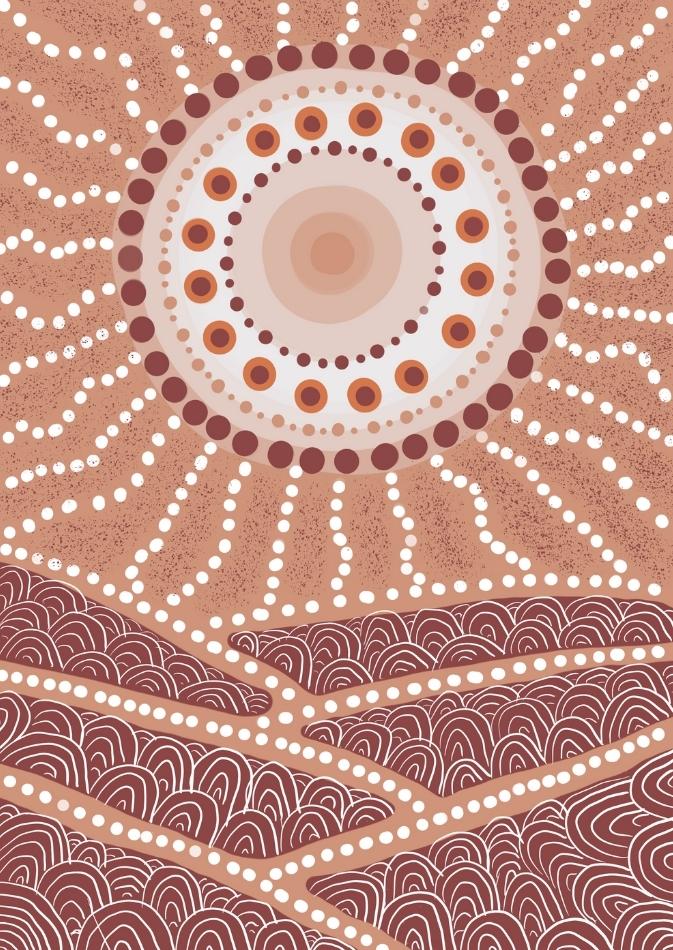
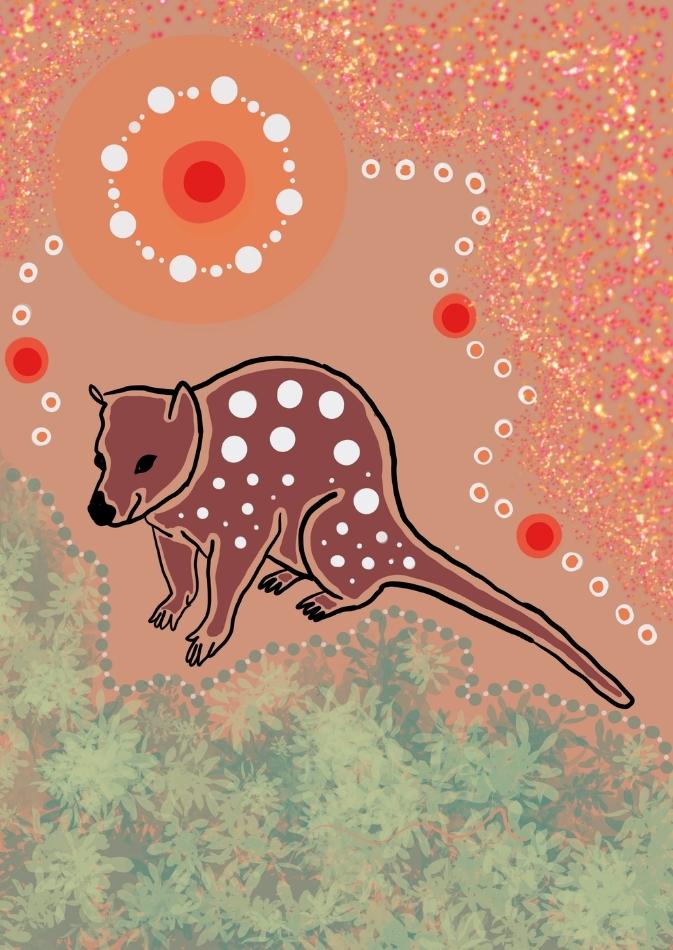
Baalijin
(Eastern Quoll)
The Baalijin (Eastern Quoll) is where the town of Bellingen takes its name from.
The land around Bellingen contains many sacred women's places including sites where special women's business was conducted.
Women would travel great distances to the valley to give birth.
Did you know...
if you look out towards the mountains in the west beyond Bellingen, you will see Old Man Dreaming, the mountain that looks over the valley and depicts the profile of a sleeping man.
The Gumbaynggirr legend tells the story of warrior Ngali who was responsible for protecting the women who came to give birth in the Valley.
However, after falling asleep on the job, Ngali was turned into stone as punishment.
Yuludarla
(Creation Story)
This artwork represents Yuludarla (the Creator).
Yuludarla created the various languages throughout Country by dividing the land with rivers resulting in the formation of the different clans on Gumbaynggirr land.
Did you know...
In Australia there are more than 250 First Nations languages including 800 dialects.
Each language is specific to a particular place and people. In some regions, many languages are spoken over a small area, and in other regions, dialects of just one language are spoken.
Language is a platform which allows our First Nations peoples to pass on cultural knowledge and heritage throughout the generations and provides a sense of belonging and empowerment.
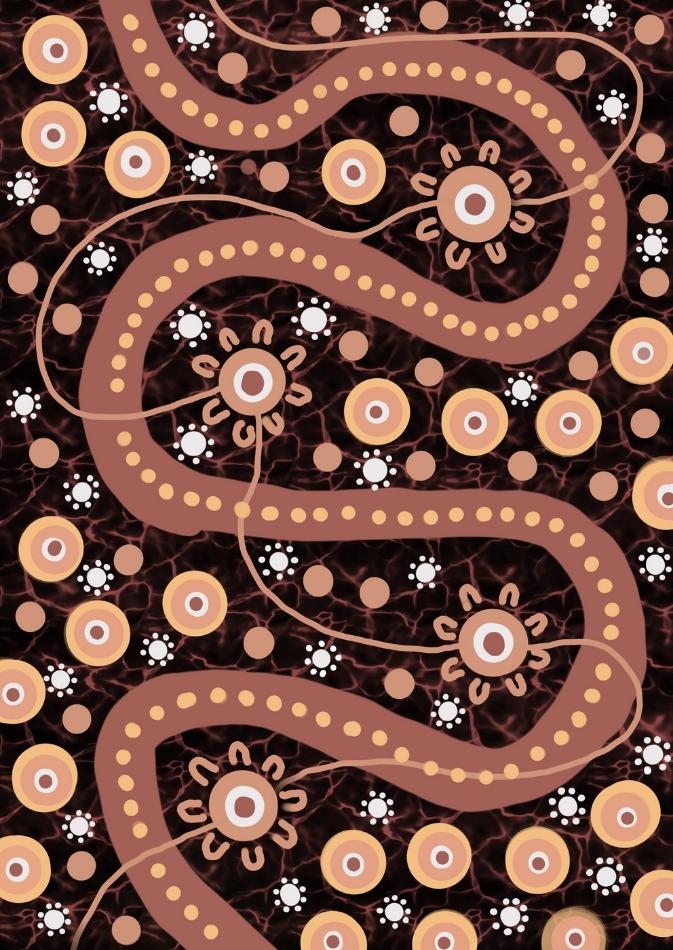
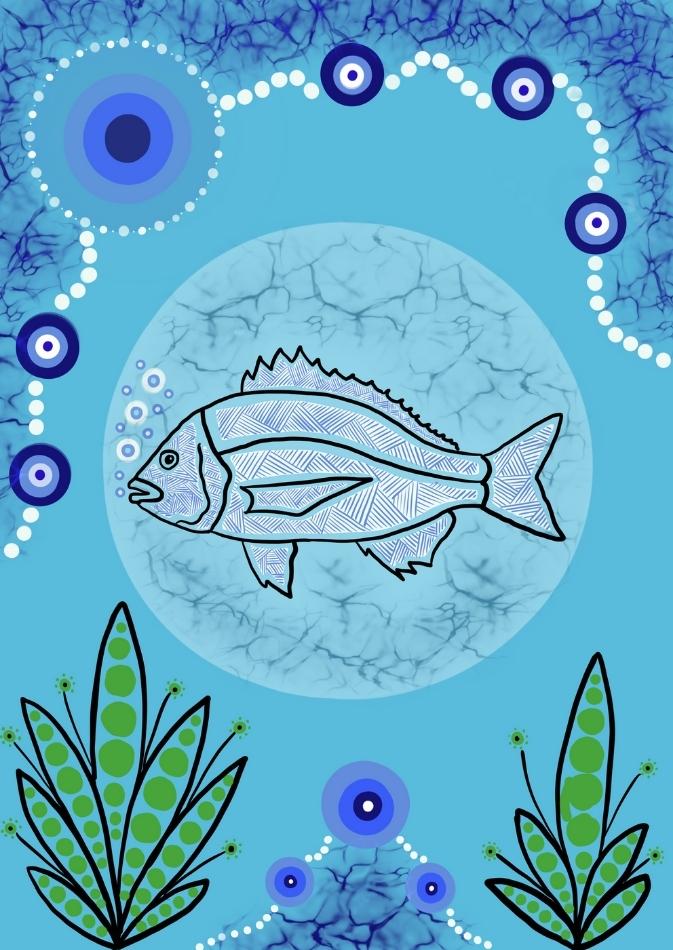
Gaayi
(Bream)
Gaayi are one of the most popular foods for the Gumbaynggirr Nation.
Living so close to the water, the Gumbaynggirr enjoyed all the delicacies the Gaagal (ocean) had to offer.
Did you know...
The ocean and lagoon were the local Gumbaynggirr people’s primary provider of food and nourishment, and their fishing techniques varied from tidal fish traps, hand lines with hooks carved from shells, and spearfishing.
On land, the Gumbaynggirr hunted and trapped kangaroo, wallaby, echidna, bush turkey, game fowl, and native bees.
To this day, fishing enthusiasts are highly likely to catch Bream in both the estuary and further up the Kalang and Bellinger Rivers.
Ngadunn
(Mud Crab)
The Ngadunn is a popular food that was enjoyed by the coastal Gumbaynggirr people.
For thousands of years, First Nations Australians hunted and gathered their food from the land.
Bush tucker helped build communities and was also a source of medicine.
Did you know...
The Ngadunn (Mud crab) is a large crab with large front claws used for crushing and cutting their prey, and they use their hind legs for swimming.
Ngadunn can measure as large as 24 cm across their hard shelled body (called the carapace), and weigh up to 3.5 kgs.
They prefer to live below tide level in soft muddy bottomed waterways such as sheltered estuaries, mudflats, mangrove forests and the tidal reaches of some rivers, so the rivers and estuaries are the perfect habitat to find them.
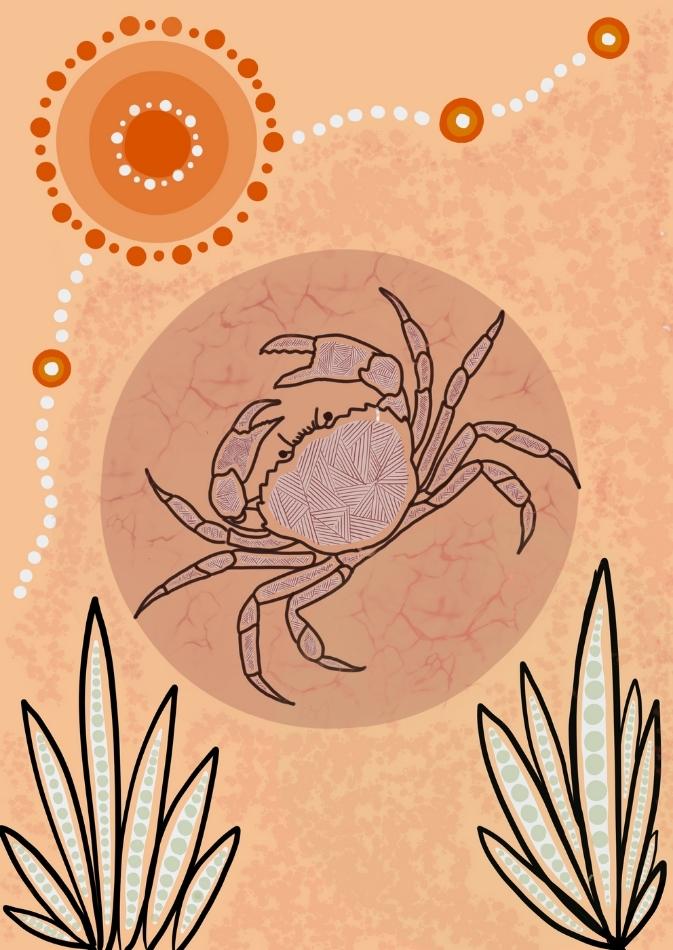
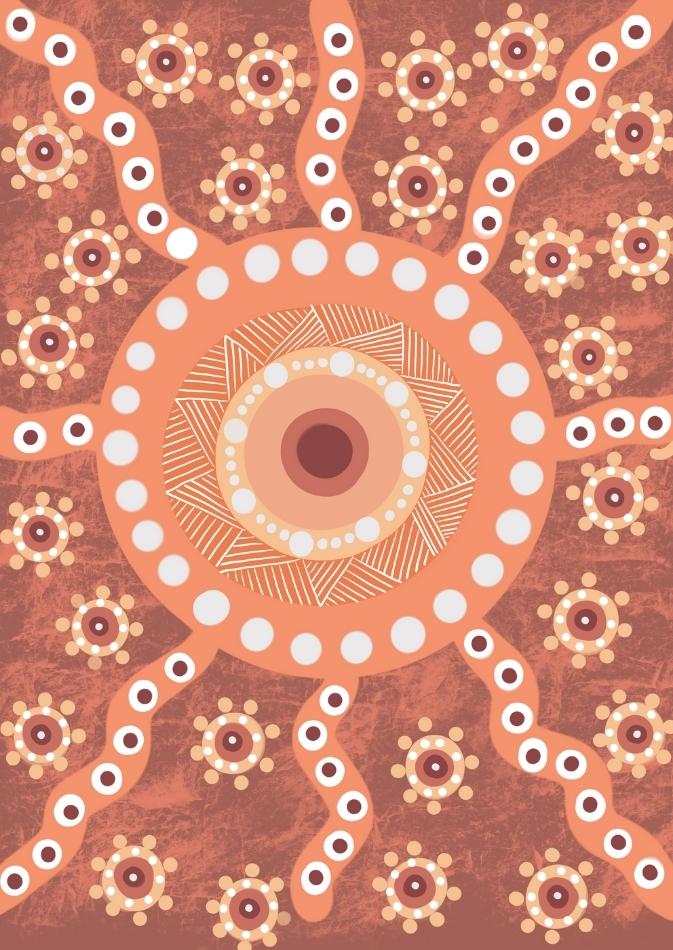
Barramarrany
(Bloodlines/Family)
This painting represents the importance of bloodlines and the connection to Ancestors, Elders, and family.
It is important to always acknowledge the First Nations Peoples and Elders of this land, and never take anything from the land without acknowledgment.
Did you know...
The Gumbaynggirr nation covers a large area of the mid-north coast of NSW, from the Nambucca River northward to the Clarence River and inland to the Northern Tablelands.
The Gumbaynggirr Nation itself, being large, is divided into many family (Elder) groups.
The Gumbaynggirr believe that they have chosen their family before they are born for the lessons that they will learn from them, be it good or bad.
Girrimarring
(Bat)
The Girrimarring is a totem for Gumbaynggirr men.
There are many sacred men's sites on Gumbaynggirr Country.
These are special sites to all the Gumbaynggirr people and have been visited by their ancestors for many thousands of years.
Did you know...
That one of the locally found girrimarring or microbat species, the Fishing bat or Southern Myotis are listed as vulnerable in NSW meaning they are a species that face a high risk of extinction in the distant future.
This type of microbat weighs up to 15 grams and has disproportionately large feet compared to its body, and actively hunt at night, with their roosts being found close to water sources such as caves, under bridges, in dense foliage or in storm-water drains.
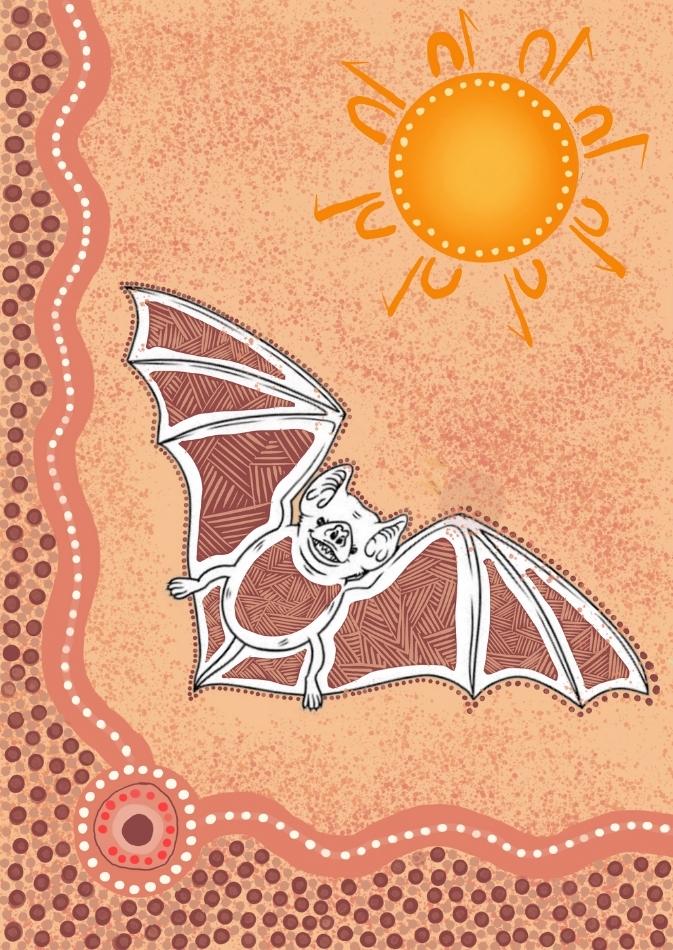
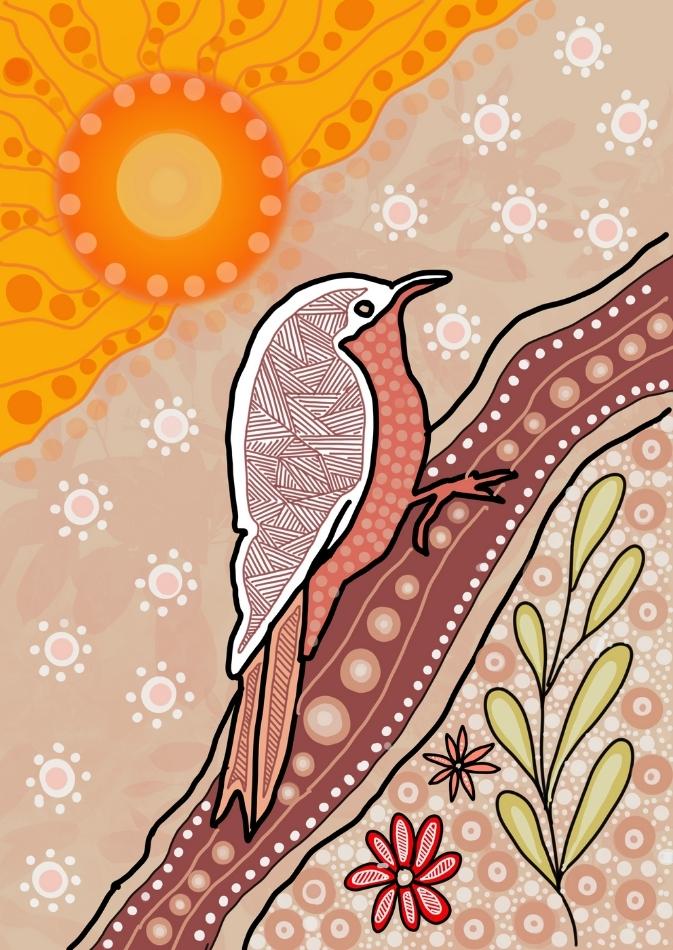
Niyin
(Treecreeper)
The Niyin is a totem for Gumbaynggirr Nation females.
First Nations Australians always protect their totems and never hunt them.
This shows respect to the totem, their community, culture, ancestors, and Elders.
Did you know...
There are three species of treecreeper that are endemic (which means native and restricted to a certain place) to the east coast of Australia, the White-throated, Red-browed, and Brown treecreeper.
These three treecreepers belong to the Climacteridae family of bird species and all have chiefly brown and white feathers, however can be distinguished fairly easily as the Brown treecreeper is the largest of the three and is brown all over, whereas both the White-throated and Red-browed species both have white throats but the Red-browed treecreeper has distinct red brow markings giving it its name.
Warraaday
(Wood duck)
The Warraaday is the totem of one of Urunga's local Gumbaynggirr families the Kellys.
The Kelly Family are direct descendants of King Bennelong.
Lisa Kelly is a Gumbaynggirr Elder who created this beautiful artwork.
Did you know...
The best place in Urunga to spot wood ducks is the Urunga Wetlands, which are located on Hillside Drive near the corner of Giinagay (hello!) Way.
The wetlands have been created on the grounds where Antinomy was mined from the ground, heavily polluting the soils.
Wetlands are referred to as "nature's kidneys" as they improve water quality by acting as a filtration system for pollutants and sediments, and deter erosion from flooding events by slowing the movement of sediments down our waterways.
